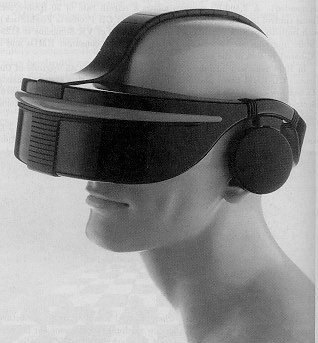Now that the two articles I have worked on in the past two months are finalized, I think I can disclose where and when they will be published. In the March 2011 issue of
Physics World you will find two back-to-back feature articles on the LHC in 2011. Author, yours truly.
Today I turn 45 years of age.
Overall, physically I do not feel much different from, say, 15 years ago. I consider myself lucky, since I am generally in good health. Never have I had to sleep in a hospital bed, not a single night. I will spare you a list of all the minor health problems I had in my life, but the list would be very short anyway.
Yet I know this is bound to change. 45 years of age is roughly the time when some of our physical faculties start to decline at a faster rate than in the previous 20 years. One of the sharpest changes which occurs at this age in most individuals is the loss of focusing ability at short distance: presbyopia, a loss of elasticity of the crystalline. I am just now starting to detect the first signs of that condition.
A recent
paper in the arxiv describes the observation, in 7 TeV proton-proton collisions produced by the LHC collider in the core of the LHCb detector, of a new decay mode of the particle called "B-sub-s", a meson which is a bound state of a anti-bottom-quark and an s quark.
"The only use I know of a confidence interval is to have confidence in it"
L. J. Savage, in "The foundations of statistical inference", Methuen, London (1962).
A week ago a meeting was held in Chamonix to discuss in detail the schedule for the near future of the Large Hadron Collider, and to take a decision on the schedule, in particular for 2012.
"Lotteries are a tax on people who are bad at math"
Anonymous
 Living At The Polar Circle
Living At The Polar Circle Conferences Good And Bad, In A Profit-Driven Society
Conferences Good And Bad, In A Profit-Driven Society USERN: 10 Years Of Non-Profit Action Supporting Science Education And Research
USERN: 10 Years Of Non-Profit Action Supporting Science Education And Research Baby Steps In The Reinforcement Learning World
Baby Steps In The Reinforcement Learning World







